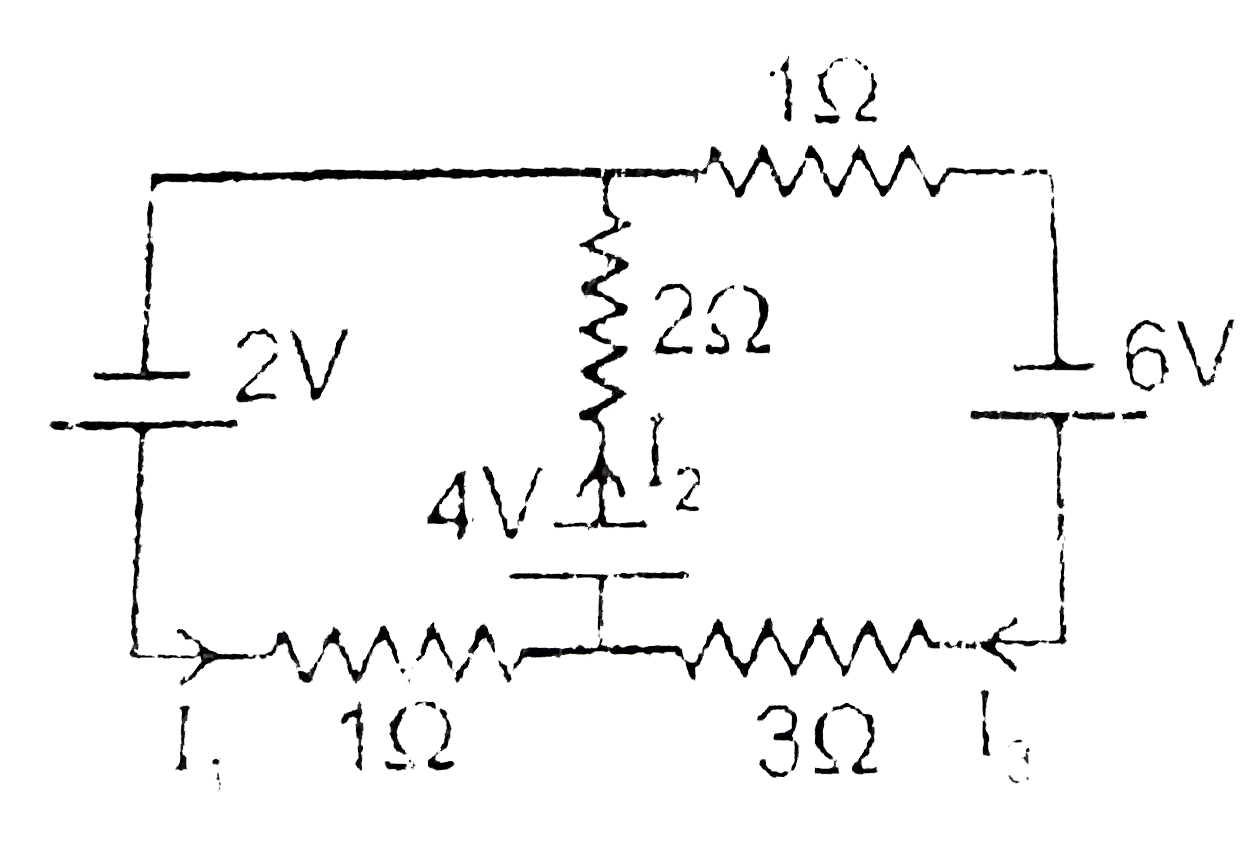For a plasmolysed cell, which equation is correct ?
DPD = OP + TP
DPD = - TP
DPD = OP
DPD = OP - TP
The correct Answer is:C
To solve the question regarding the correct equation for a plasmolysed cell, we need to understand the concepts of osmotic pressure (OP), turgor pressure (TP), and diffusion pressure deficit (DPD).
1. Understand the Definitions:
- Osmotic Pressure (OP): This is the pressure required to prevent the movement of water from a pure water solution to a concentrated solution.
- Turgor Pressure (TP): This is the pressure exerted by the cell contents (protoplasm) against the cell wall.
- Diffusion Pressure Deficit (DPD): This is calculated as the difference between osmotic pressure and turgor pressure. The formula is:
DPD=OP−TP
2. Analyze a Plasmolysed Cell:
- In a plasmolysed cell, the cell contents shrink away from the cell wall due to loss of water. This means that the turgor pressure (TP) will be very low, approaching zero, because the protoplasm is not exerting pressure against the cell wall.
3. Calculate DPD for a Plasmolysed Cell:
- Since in a plasmolysed cell, TP is nearly zero, we can substitute this into the DPD equation:
DPD=OP−TP⟹DPD=OP−0⟹DPD=OP
4. Conclusion:
- Therefore, for a plasmolysed cell, the correct equation is:
DPD=OP
Final Answer:
The correct equation for a plasmolysed cell is:
DPD=OP
- Osmotic Pressure (OP): This is the pressure required to prevent the movement of water from a pure water solution to a concentrated solution.
- Turgor Pressure (TP): This is the pressure exerted by the cell contents (protoplasm) against the cell wall.
- Diffusion Pressure Deficit (DPD): This is calculated as the difference between osmotic pressure and turgor pressure. The formula is:
DPD=OP−TP
- In a plasmolysed cell, the cell contents shrink away from the cell wall due to loss of water. This means that the turgor pressure (TP) will be very low, approaching zero, because the protoplasm is not exerting pressure against the cell wall.
- Since in a plasmolysed cell, TP is nearly zero, we can substitute this into the DPD equation:
DPD=OP−TP⟹DPD=OP−0⟹DPD=OP
- Therefore, for a plasmolysed cell, the correct equation is:
DPD=OP
The correct equation for a plasmolysed cell is:
DPD=OP
Topper's Solved these Questions
- BOOK - NCERT FINGERTPS ENGLISHCHAPTER - TEST PAPEREXERCISE - Practice Paper-250videos
TEST PAPER
- BOOK - NCERT FINGERTPS ENGLISHCHAPTER - TEST PAPEREXERCISE - Practice Paper-350videos
TEST PAPER
- BOOK - NCERT FINGERTPS ENGLISHCHAPTER - STRUCTURAL ORGANISATION IN ANIMALSEXERCISE - Structural Organisation In Animals129videos
STRUCTURAL ORGANISATION IN ANIMALS
- BOOK - NCERT FINGERTPS ENGLISHCHAPTER - THE LIVING WORLDEXERCISE - The Living World130videos
THE LIVING WORLD
Similar Questions
Knowledge Check
- Question 1 - Select One
Which of the following equations is correct ?
ACO2→H2CO3→HCO−3+H+BCO2+H2OCarbonic⇐===⇒anhydraseH2C3Carbone⇐===⇒anhydraseH++HCO−3CCO2+H2O⇒CH4+2O2DCO2+H2O⇔CO+H2O2 - Question 2 - Select One
The restoration of turgidity in a plasmolysed cell when placed in a hypotonic solution is caused by
AhytdrationBelectrolysisCplasmolysisDdeplasmolysis
What would happen if a plasmolysed cell is kept in pure water?
View SolutionThe turgor pressure of a plasmolysed cell is equal to _____________.
View SolutionFrom the dimensional consideration, which of the following equation is correct
View SolutionHow can you revert a freshly plasmolysed plant cell to its normal state?
View SolutionWhich one of the following equation is correct for the circuit shown. The currents in each branch of circuit are indicated and all three cells are ideal
 View Solution
View SolutionIf a is the length of unit cell, then which one is correct relationship ?
View Solution

